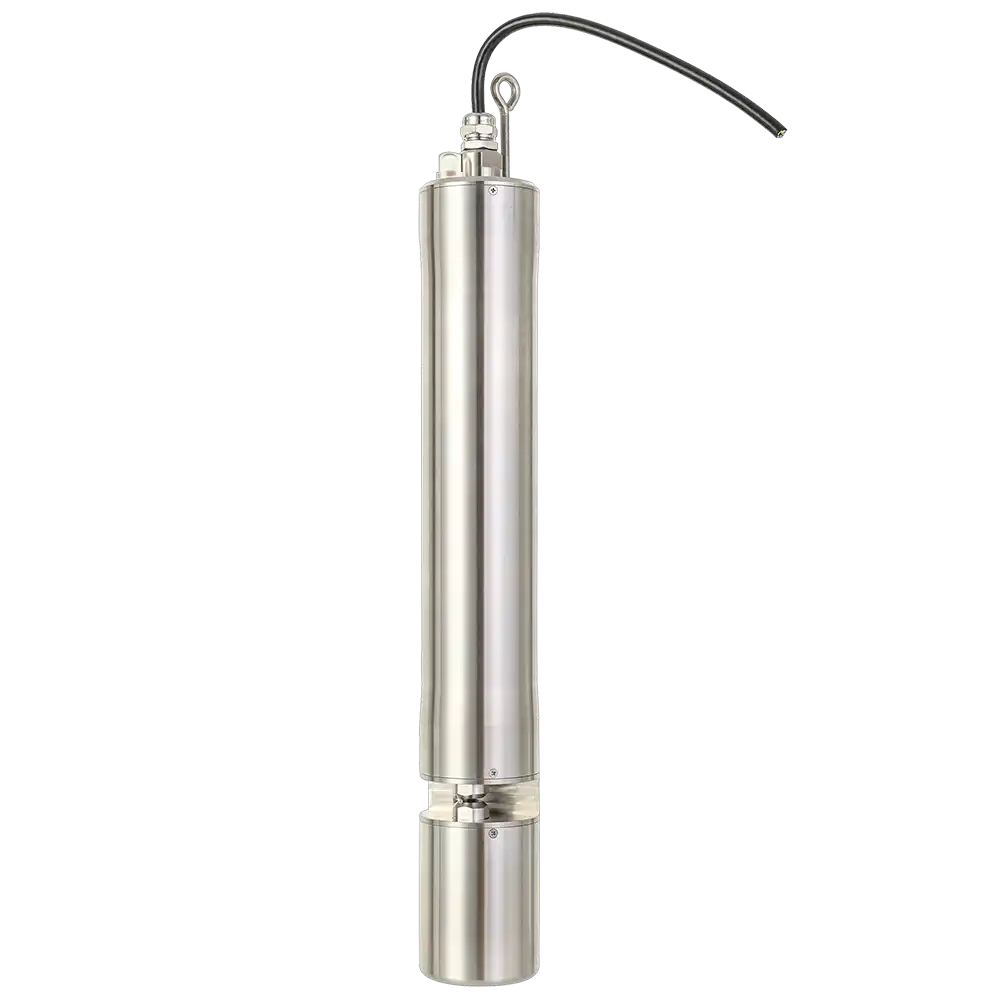In simple terms, a nitrate sensor tells you the concentration of nitrate ions (NO₃⁻) dissolved in water.
This single measurement provides critical insights into water quality, safety, and ecosystem health. Here’s a breakdown of what that reading actually tells you.
1. Primary Concern: Drinking Water Safety & Health Risk
The most direct and critical information from a nitrate sensor relates to human health.
- Methemoglobinemia (Blue Baby Syndrome): High nitrate levels are a severe health risk for infants under six months old. Their bodies convert nitrate to nitrite, which interferes with the blood’s ability to carry oxygen, leading to a potentially fatal condition. This is the primary reason for strict nitrate regulations in drinking water.
- Drinking Water Standards: Regulatory bodies like the US Environmental Protection Agency (EPA) set a Maximum Contaminant Level (MCL) of 10 mg/L (or 10 ppm) for nitrate-nitrogen. A sensor reading at or above this level means the water is unsafe for human consumption and requires immediate action.
2. Indicator of Agricultural & Urban Runoff
Nitrate is a key component of fertilizers. A high nitrate reading in a river, lake, or well is a strong indicator of pollution from:
- Agricultural Runoff: Excess fertilizer from farms is the largest source of nitrate pollution in many regions.
- Urban Runoff: Fertilizers from lawns, golf courses, and parks.
- Failing Septic Systems: Leaking wastewater from septic tanks can also elevate nitrate levels in groundwater.
Essentially, a nitrate sensor acts as a “smoking gun” for this type of non-point source pollution.
3. Signal of Eutrophication and Ecological Damage
In lakes, rivers, and coastal waters, high nitrate levels act as a powerful fertilizer for algae and aquatic plants.
- Algal Blooms: Excess nitrate can cause rapid and massive growth of algae, creating dense “blooms” on the water’s surface.
- Oxygen Depletion: When these algae die and decompose, the process consumes large amounts of dissolved oxygen, creating “dead zones” where fish and other aquatic life cannot survive. This process is called eutrophication.
A rising nitrate reading is therefore an early warning sign of potential ecological collapse in a water body.
4. Insight into Wastewater Treatment Efficiency
In wastewater treatment plants, the biological processes that remove nitrogen (nitrification and denitrification) are crucial. Nitrate sensors are used to:
- Monitor Process Control: They ensure that the conversion of ammonia to nitrate is complete.
- Optimize Denitrification: They help operators control the process of converting nitrate into harmless nitrogen gas, which is released into the atmosphere.
A sensor here tells the operator if the plant is effectively removing nitrogen before the treated water is discharged back into the environment.
Summary
A nitrate sensor is a vital tool that provides a direct, quantitative measurement of nitrate concentration. This single data point tells you about:
- Human Health Risk: Is the water safe to drink?
- Pollution Source: Is fertilizer or sewage runoff entering the water?
- Ecological Health: Is the water body at risk of algal blooms and oxygen depletion?
- Process Efficiency: Is the wastewater treatment plant working correctly?

SPS-F Full Spectrum Water Quality Sensor
Using the spectral absorption method, the wavelength range is 200 nm to 800 nm. According to the difference in the absorbance curves of different substances, especially nitrate, COD, BOD, and ozone.

